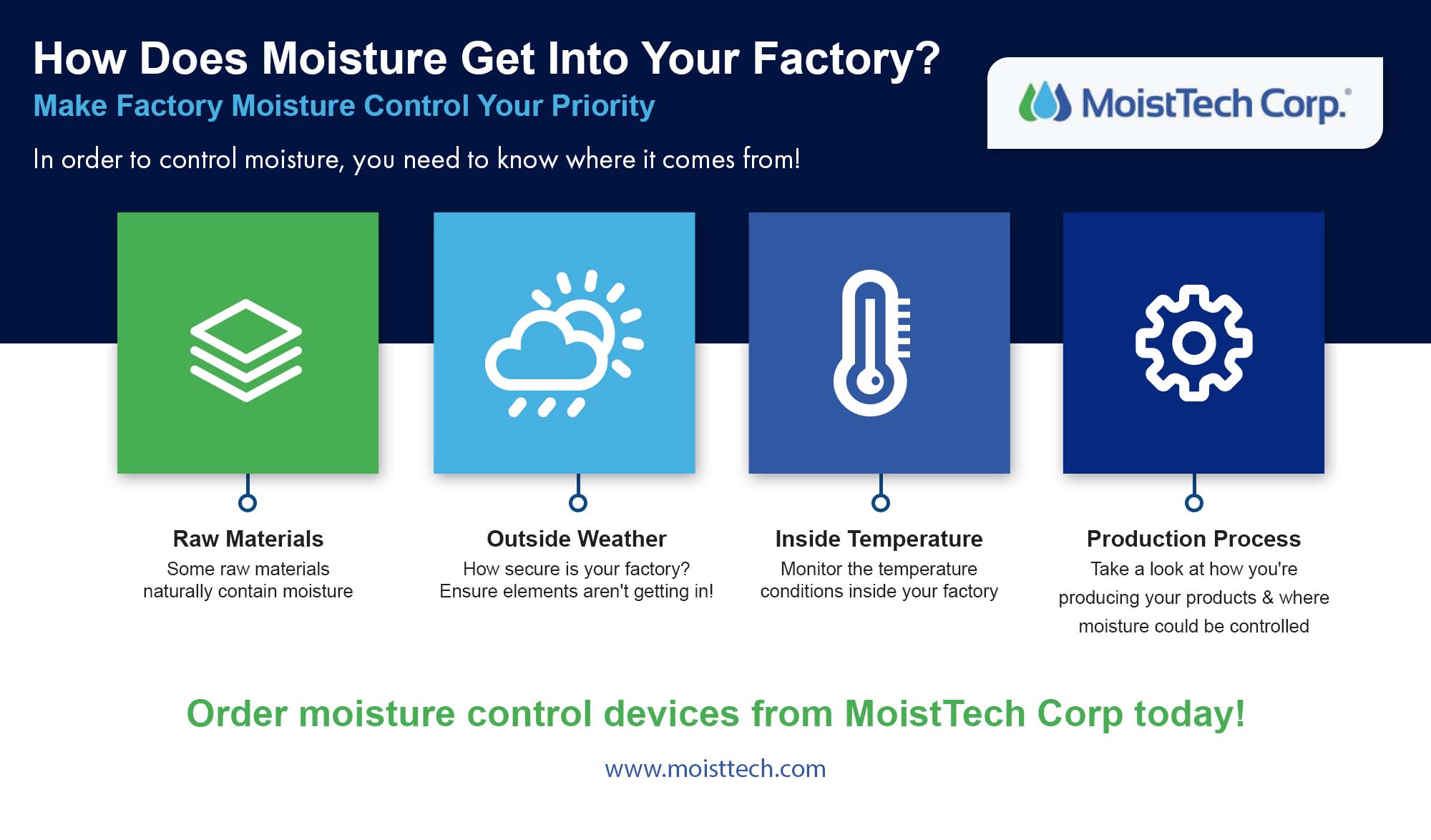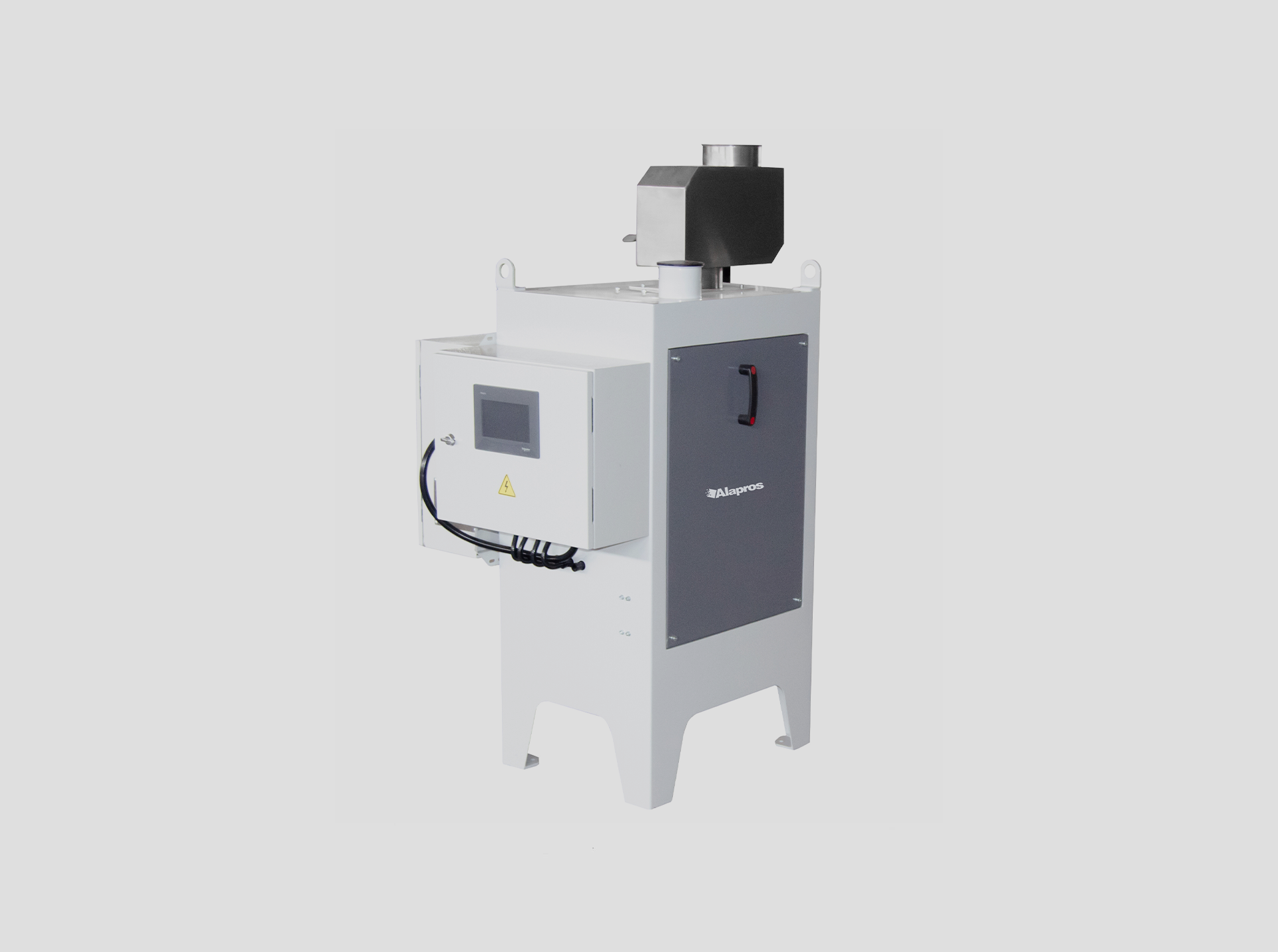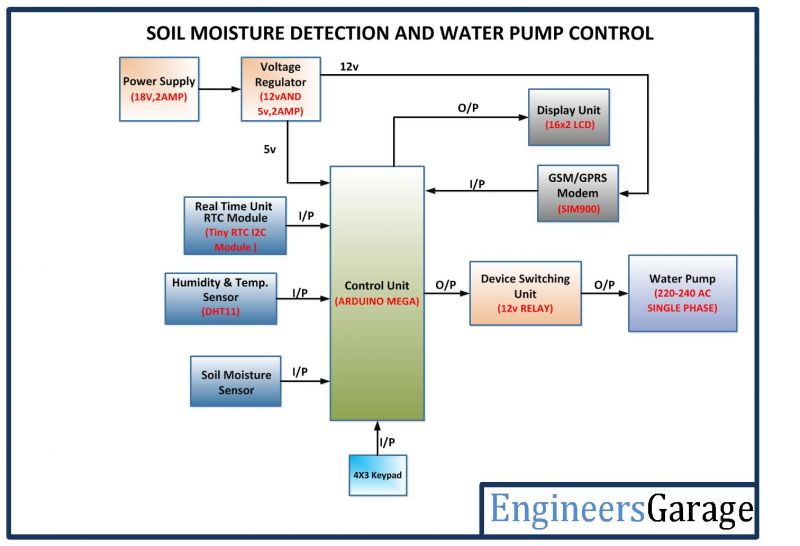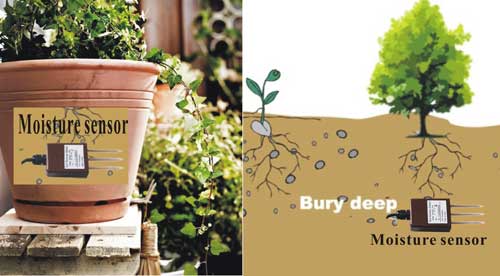A Control Which Is Operated By Moisture Is Called A
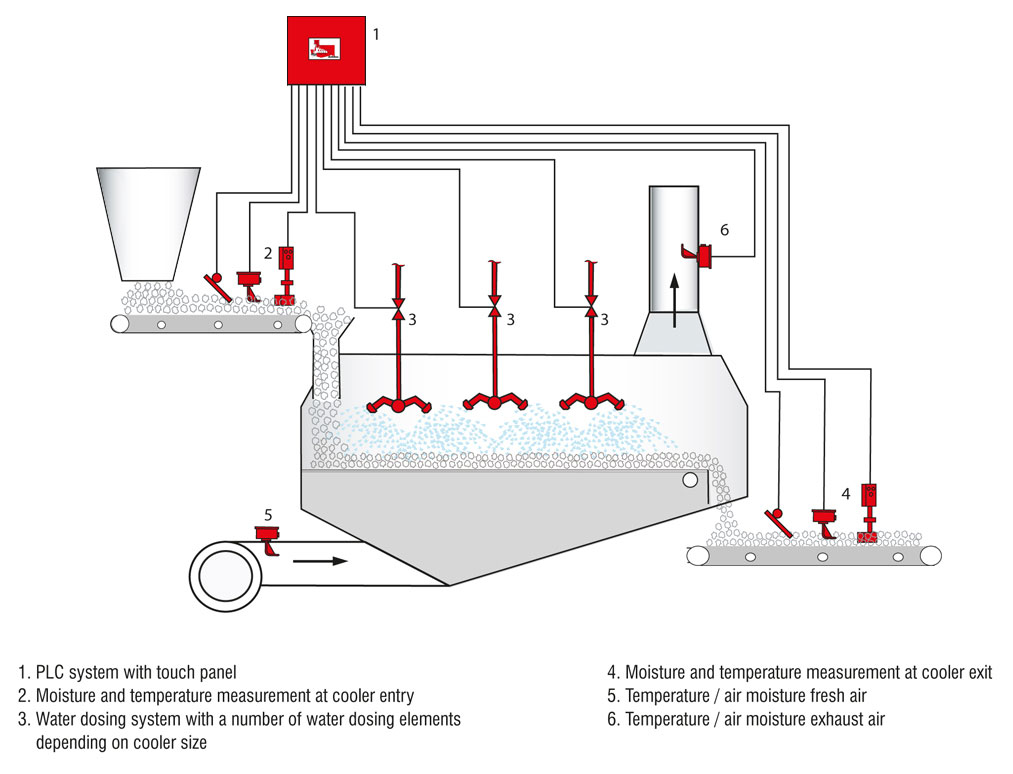
Frequently Asked Questions: Moisture-Operated Controls
This article addresses common questions about controls that are activated by moisture. We aim to provide clear and concise answers for homeowners and facility managers who want to understand how these devices work and where they're used.
Question 1: What is a control that is operated by moisture called?
The general term for a control operated by moisture is a hygrostat. A hygrostat is a sensor that measures the relative humidity in the air and activates a switch when a specific humidity level is reached. This switch then controls a device like a humidifier, dehumidifier, or ventilation system.
Question 2: How does a hygrostat actually work? What's inside it?
Hygrostats come in a few different types, but the basic principle is to use a material that changes its properties in response to humidity. Here's a breakdown:
- Mechanical Hygrostats: These often use materials like human hair, nylon, or treated paper. These materials expand or contract as humidity levels change. This movement is mechanically linked to a switch. When the material reaches a certain length (corresponding to the set humidity), it triggers the switch. These are generally less accurate than electronic versions.
- Electronic Hygrostats: These use electronic sensors that measure changes in electrical resistance or capacitance due to humidity. These sensors are more precise and offer better control. A small circuit board interprets the sensor's output and activates a relay (an electrical switch) when the desired humidity is reached.
- Polymer Film Hygrostats: These are a type of electronic hygrostat that use a polymer film whose electrical properties change with humidity.
In essence, a hygrostat *detects changes in humidity* and *translates that change into an electrical signal* or *mechanical movement* to control another device.
Question 3: Where are hygrostats commonly used in homes and commercial buildings?
Hygrostats have many applications. Here are a few common examples:
- Humidifiers: In dry climates or during winter, a hygrostat turns on a humidifier when the humidity drops below a set point, preventing dry skin, static electricity, and damage to wooden furniture.
- Dehumidifiers: In humid climates or in areas prone to dampness (like basements), a hygrostat activates a dehumidifier when the humidity exceeds a set point, preventing mold growth, musty odors, and condensation.
- HVAC Systems: Integrated into heating, ventilation, and air conditioning (HVAC) systems, hygrostats help maintain comfortable and healthy indoor humidity levels. They can control ventilation rates to bring in drier air or adjust the cooling process to remove moisture.
- Greenhouses and Conservatories: Hygrostats are crucial for maintaining optimal humidity levels for plant growth. They can control misting systems, ventilation fans, or humidity-generating equipment.
- Museums and Archives: Maintaining precise humidity levels is vital for preserving sensitive artifacts and documents. Hygrostats are used to control humidification or dehumidification systems to prevent damage from excessive dryness or moisture.
- Industrial Processes: Many industrial processes require precise humidity control. Hygrostats are used in industries like textiles, pharmaceuticals, and electronics manufacturing.
- Saunas and Steam Rooms: Although typically manual, some sophisticated sauna and steam room setups use hygrostats for automated humidity control, ensuring a safe and comfortable environment.
- Crawl Spaces: To prevent moisture build-up and potential structural damage, hygrostats can control ventilation or dehumidification in crawl spaces.
The bottom line is that anywhere humidity control is important, you'll likely find a hygrostat.
Question 4: What are the advantages and disadvantages of using a hygrostat?
Like any technology, hygrostats have their pros and cons.
Advantages:
- Automatic Humidity Control: They automatically maintain the desired humidity level, eliminating the need for manual adjustments.
- Energy Efficiency: By only activating humidification or dehumidification equipment when needed, hygrostats can save energy.
- Prevention of Damage: They help prevent damage caused by excessive dryness or moisture, such as mold growth, warping of wood, and static electricity.
- Improved Comfort: Maintaining optimal humidity levels contributes to a more comfortable and healthy indoor environment.
- Reduced Maintenance: Automated control reduces the need for frequent monitoring and adjustment.
Disadvantages:
- Cost: Hygrostats add to the initial cost of a system. More sophisticated electronic models are generally more expensive than basic mechanical ones.
- Maintenance: While they reduce the need for manual adjustment, hygrostats themselves may require occasional cleaning or calibration to ensure accuracy.
- Potential for Failure: Like any electronic or mechanical device, hygrostats can fail. A malfunctioning hygrostat could lead to over-humidification or over-dehumidification.
- Accuracy Limitations: Mechanical hygrostats are less accurate than electronic ones. Even electronic hygrostats can drift over time and require recalibration.
- Placement Sensitivity: The location of the hygrostat can significantly affect its performance. It should be placed in a representative area, away from drafts, direct sunlight, and heat sources.
Carefully weigh these factors when deciding whether to use a hygrostat.
Question 5: How do I choose the right hygrostat for my needs? What features should I look for?
Selecting the right hygrostat depends on your specific application and budget. Here are some factors to consider:
- Accuracy: How precise does the humidity control need to be? For critical applications like museums or greenhouses, a high-accuracy electronic hygrostat is essential. For general home use, a less precise mechanical hygrostat might suffice.
- Type of Control: Do you need a simple on/off control, or do you need more sophisticated proportional control (where the device output varies based on the humidity level)?
- Range: Ensure the hygrostat covers the humidity range you need to control.
- Hysteresis: Hysteresis is the difference between the humidity level at which the device turns on and the humidity level at which it turns off. A wider hysteresis can prevent rapid cycling, but it also means less precise control.
- Power Requirements: Consider the voltage and current requirements of the hygrostat and ensure they are compatible with your system.
- Display: Some hygrostats have a digital display showing the current humidity level and set point. This can be useful for monitoring and adjustment.
- Remote Monitoring and Control: Some advanced hygrostats offer remote monitoring and control via a smartphone app or web interface.
- Durability and Reliability: Choose a hygrostat from a reputable manufacturer with a good track record. Consider the operating environment (temperature, humidity, dust) and select a model that is designed to withstand those conditions.
- Cost: Balance the features and performance you need with your budget.
Read product reviews and consult with HVAC professionals or control system specialists to get recommendations tailored to your specific needs. Pay attention to the hygrostat's specifications to make an informed choice.
Question 6: How do I install and maintain a hygrostat?
Installation and maintenance vary depending on the type of hygrostat. Always follow the manufacturer's instructions. Here are some general guidelines:
Installation:
- Location: Choose a location that is representative of the overall humidity in the area you want to control. Avoid placing the hygrostat near drafts, direct sunlight, heat sources, or external walls.
- Wiring: If the hygrostat requires electrical wiring, ensure the power is turned off before making any connections. Follow the wiring diagram provided by the manufacturer. If you're not comfortable working with electricity, hire a qualified electrician.
- Mounting: Securely mount the hygrostat to a wall or other suitable surface.
Maintenance:
- Cleaning: Periodically clean the hygrostat to remove dust and debris. Use a soft, dry cloth. Avoid using liquids or harsh chemicals.
- Calibration: Over time, hygrostats can drift out of calibration. Some hygrostats have a calibration adjustment. Consult the manufacturer's instructions for how to calibrate the device. If you cannot calibrate the hygrostat yourself, you may need to replace it.
- Battery Replacement: If the hygrostat is battery-powered, replace the batteries regularly.
- Regular Inspection: Periodically inspect the hygrostat for any signs of damage or wear.
Proper installation and maintenance will ensure the hygrostat functions accurately and reliably for many years.
Question 7: What problems can occur with a hygrostat, and how do I troubleshoot them?
Here are some common problems and troubleshooting tips:
- Device not turning on/off:
- Check the power supply.
- Verify the set point is within the operating range.
- Ensure the hygrostat is properly wired.
- Test the hygrostat with a multimeter to see if it's switching properly.
- Inaccurate readings:
- Check the hygrostat's location. Is it exposed to drafts or direct sunlight?
- Clean the sensor.
- Calibrate the hygrostat.
- If the problem persists, replace the hygrostat.
- Device cycles on and off rapidly:
- Adjust the hysteresis setting.
- Check for drafts or temperature fluctuations near the hygrostat.
- Ensure the device being controlled is properly sized for the space.
- Humidifier/Dehumidifier runs constantly:
- Check the hygrostat's set point.
- Make sure the hygrostat is not in a location with abnormal humidity (e.g., near a shower).
- Inspect the device being controlled (humidifier/dehumidifier) for malfunctions.
- Replace the hygrostat if necessary.
Always refer to the manufacturer's documentation for specific troubleshooting steps. When in doubt, consult with a qualified HVAC technician. Recognizing the function of a hygrostat allows for effective troubleshooting of humidity control systems.


